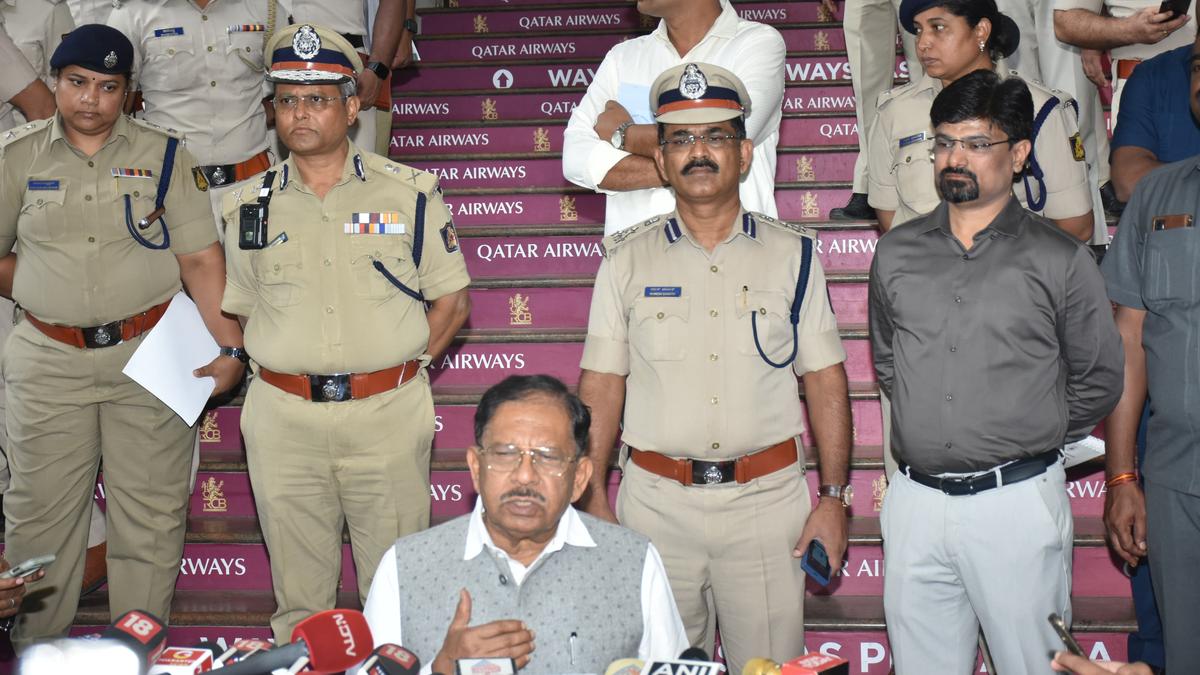
A view of Mt. Khangchendzonga. File
| Photo Credit: PTI
Sikkim Chief Minister Prem Singh Tamang has urged the Centre to ensure that Mt. Khangchendzonga, the world’s third-highest peak, regarded as sacred by the people of the State, is made out of bounds for mountaineers.
In a letter to Home Minister Amit Shah, the Chief Minister said the recent ascent of the peak by a five-member team from the National Institute of Mountaineering and Adventure Sports (NIMAS) from the Nepal side on May 18 hurt Sikkim’s indigenous communities.
India’s tallest peak, at 8,568 metres above sea level, Mt. Khangchendzonga straddles the Sikkim-Nepal border and is considered one of the most difficult Himalayan mountains to ascend. Climbing activities are banned in Sikkim, where the mountain is worshipped as a guardian deity, but are allowed from the Nepal side.
The mountain was scaled for the first time in 1954 after several mountaineers made futile attempts for more than half a century, some losing their lives.
“The letter comes amid rising local sentiment that the sanctity of Mt. Khangchendzonga must not be compromised in the name of adventure or tourism, regardless of which side the expedition originates from,” Mt. Tamang wrote on May 24.
“It is with deep reverence and concern that we bring to your kind attention the recent reports regarding the scaling of Mt. Khangchendzonga from the Nepal side,” he said.
The Chief Minister said the act of scaling the “sacred” peak by the team from NIMAS based in Arunachal Pradesh’s Dirang was “a violation of both the prevailing legal provisions and the deeply held religious beliefs of the people of Sikkim”.
Living deity
Mr. Tamang said Mt. Khangchendzonga – the name translated into “five treasures of the high snows” – holds profound spiritual and religious significance for the people of Sikkim.
According to the Sikkimese belief system, he explained, these divine treasures remain hidden and would be revealed to the devout when the world is in grave peril.
“The mountain is revered as the abode of the principal guardian and protector-deity of Sikkim, known as Dzoe-Nga. This sacred being is worshipped as the Pho-lha, or the chief of the entire assemblage of supernatural entities of Sikkim. These deities were recognised and anointed as the guardian deities of the land by Ugyen Guru Rinpoche, also known as Guru Padmasambhava, the Patron Saint of Sikkim,” the Chief Minister said.
He pointed out that the Sikkim government banned all climbing activities on Mt. Khangchendzonga through notifications in 1998 and 2001 under the Sacred Places of Worship (Special Provisions) Act, 1991.
Nudge Nepal
Mr. Tamang urged Mr. Shah to diplomatically dissuade the Nepal government from allowing mountaineers to scale Mt. Khangchendzonga in deference to the deeply held spiritual values of the indigenous communities of Sikkim.
Organisations such as the Sikkim Bhutia Lepcha Apex Committee have been pursuing a complete ban on scaling Mt. Khangchendzonga, specifically from Nepal.
Published – May 27, 2025 10:10 pm IST



Leave a Comment